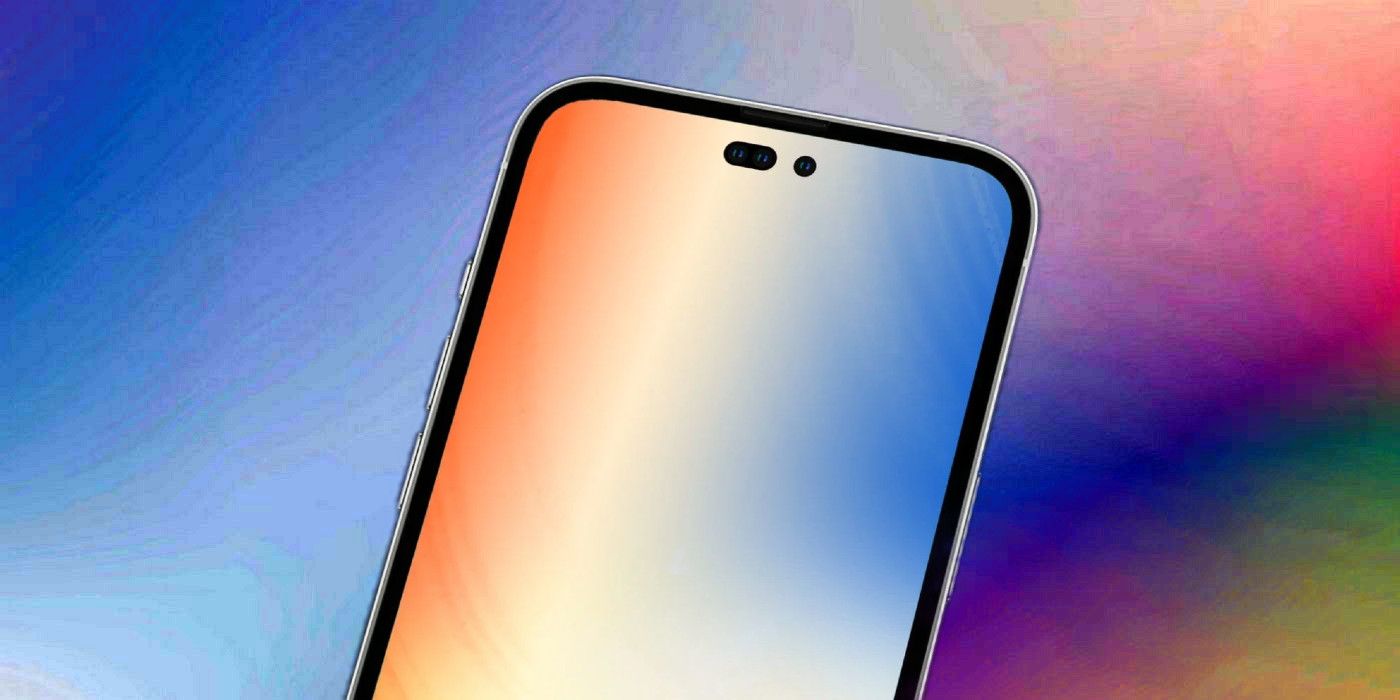The iPhone 15 Pro could be powered by a processor fabricated on TSMC’s ‘enhanced’ 3nm process node, making it the most power-efficient iPhone ever. Apple is expected to launch the iPhone 15 lineup next year as a follow-up to the iPhone 14 series that’s set to be unveiled at the upcoming ‘Far Out’ event on Sept. 7. The four models in the iPhone 14 lineup are expected to include the vanilla iPhone 14, iPhone 14 Max, iPhone 14 Pro and the top-of-the-line iPhone 14 Pro Max.
As for the iPhone 15 lineup, it’s expected to bring a new feature that has long been requested by iPhone users worldwide. According to most Apple insiders, the iPhone 15 lineup will likely ship with a USB-C port instead of Apple’s proprietary Lightning port for charging and data syncing. Rumors from multiple sources also suggest that the iPhone 15 Pro Max will get the periscope zoom camera next year before it’s fitted on both the iPhone 16 Pro models in 2024.
According to Taiwanese publication Digitimes, TSMC will soon start mass-producing chips using its 3nm process node (3N) before shifting to the 3nm ‘enhanced’ (N3E) node in the second half of next year, just in time for the iPhone 15 Pro launch. If Apple maintains its schedule, the device will be powered by the A17 Bionic processor, which might be built using the N3E production node, making it more energy efficient than its predecessors.
3nm Processor Only For The ‘Pro’ iPhone Models Next Year

It is worth noting that not all the models in the iPhone 15 lineup will be powered by the A17 processor. This year, Apple is expected to use two different processors in its new iPhone lineup. As part of the plan, the vanilla iPhone 14 and 14 Max are said to be powered by the 5nm A15 Bionic, while the 4nm A16 SoC is said to be reserved for the iPhone 14 Pro and Pro Max. So if Apple follows the same formulae next year, only the iPhone 15 Pro and Pro Max might get the new 3nm A17, while the base iPhone 15 and 15 Max might have to make do with the 4nm A16.
If the report is correct, that will make the iPhone 15 Pro and Pro Max two of the most power-efficient smartphones in the market next year. The new processor would give Apple a handy advantage against Android manufacturers like Samsung, whose Galaxy S23 (like other flagship Android devices in 2023) is still expected to be powered by the 4nm Snapdragon 8 Gen 2. The Android market is only likely to shift to 3nm in 2024 with the Snapdragon 8 Gen 3, long after Apple made the move with the iPhone 15 Pro and Pro Max.




